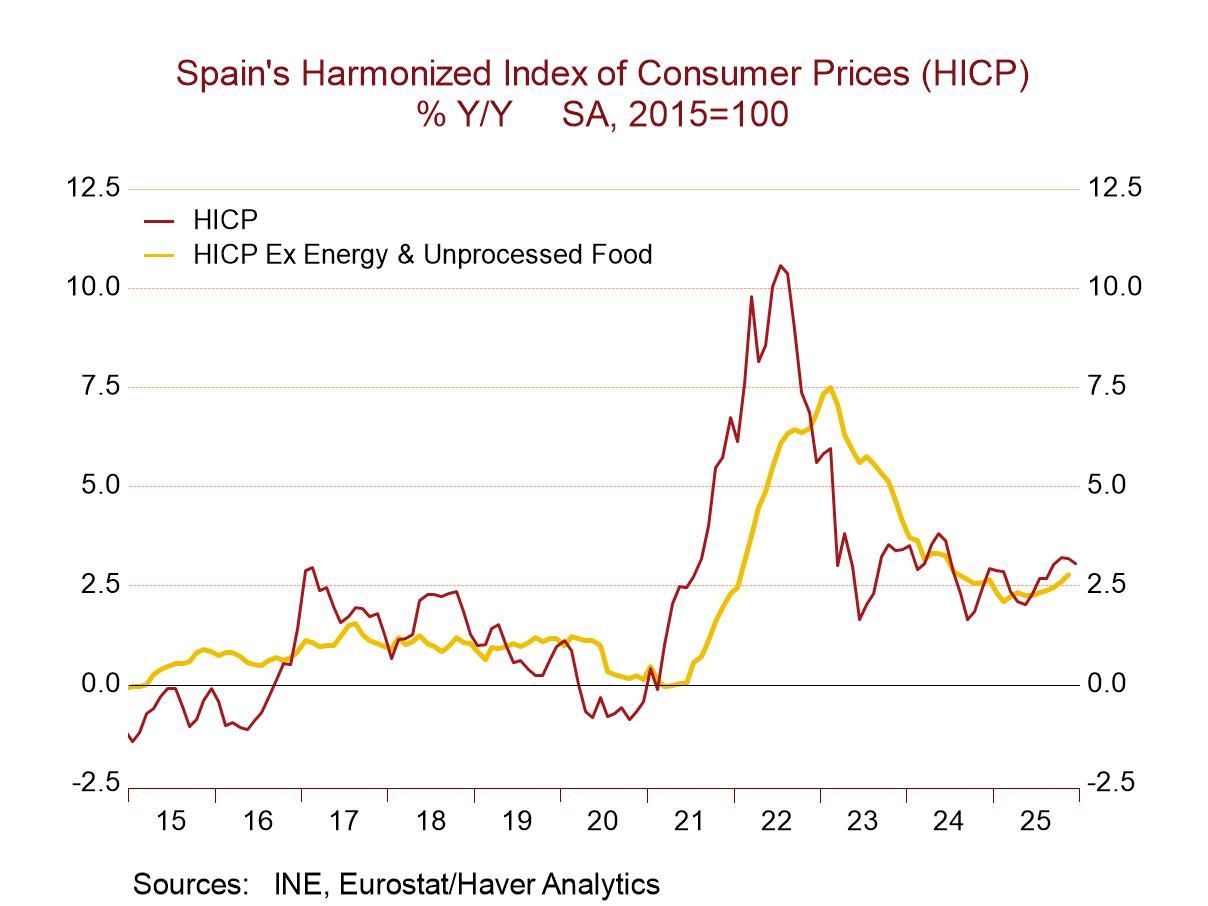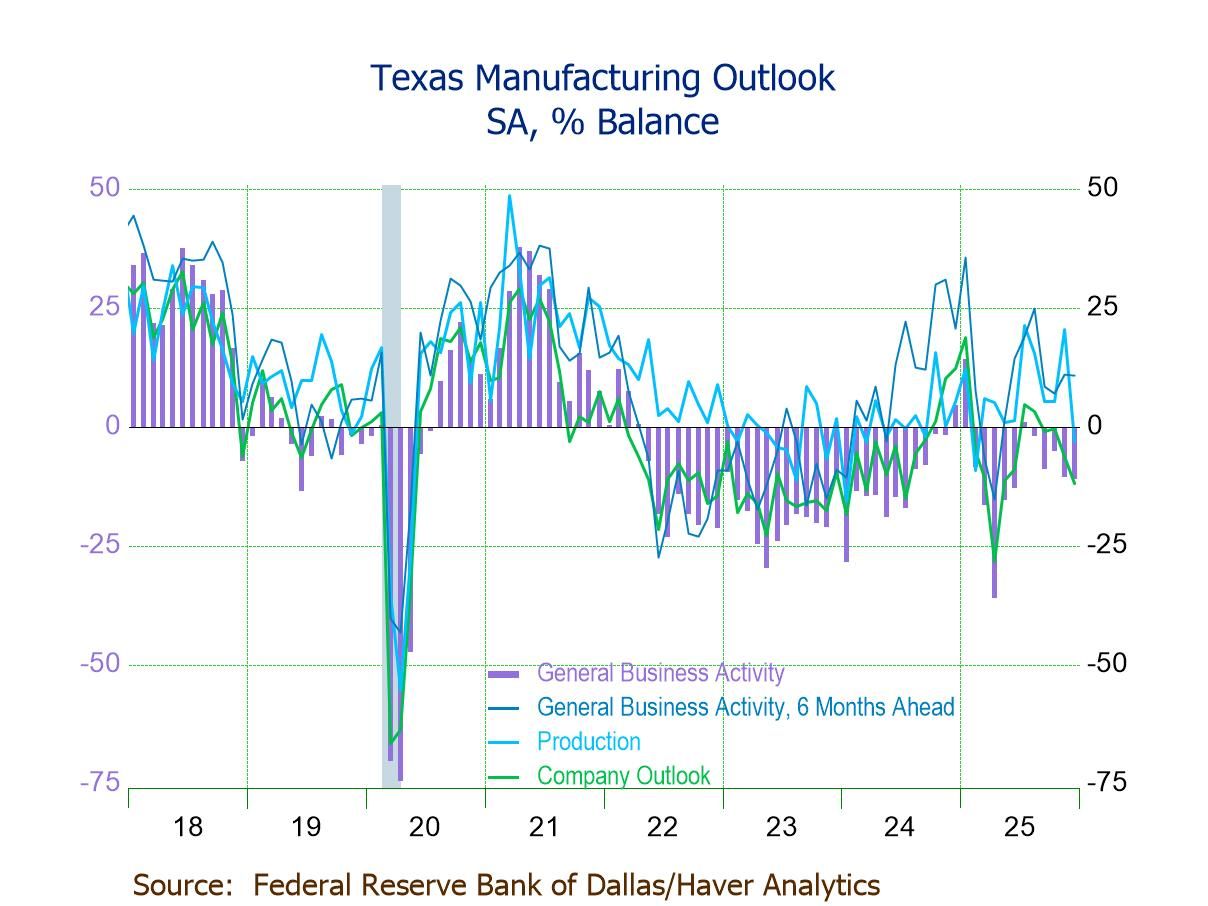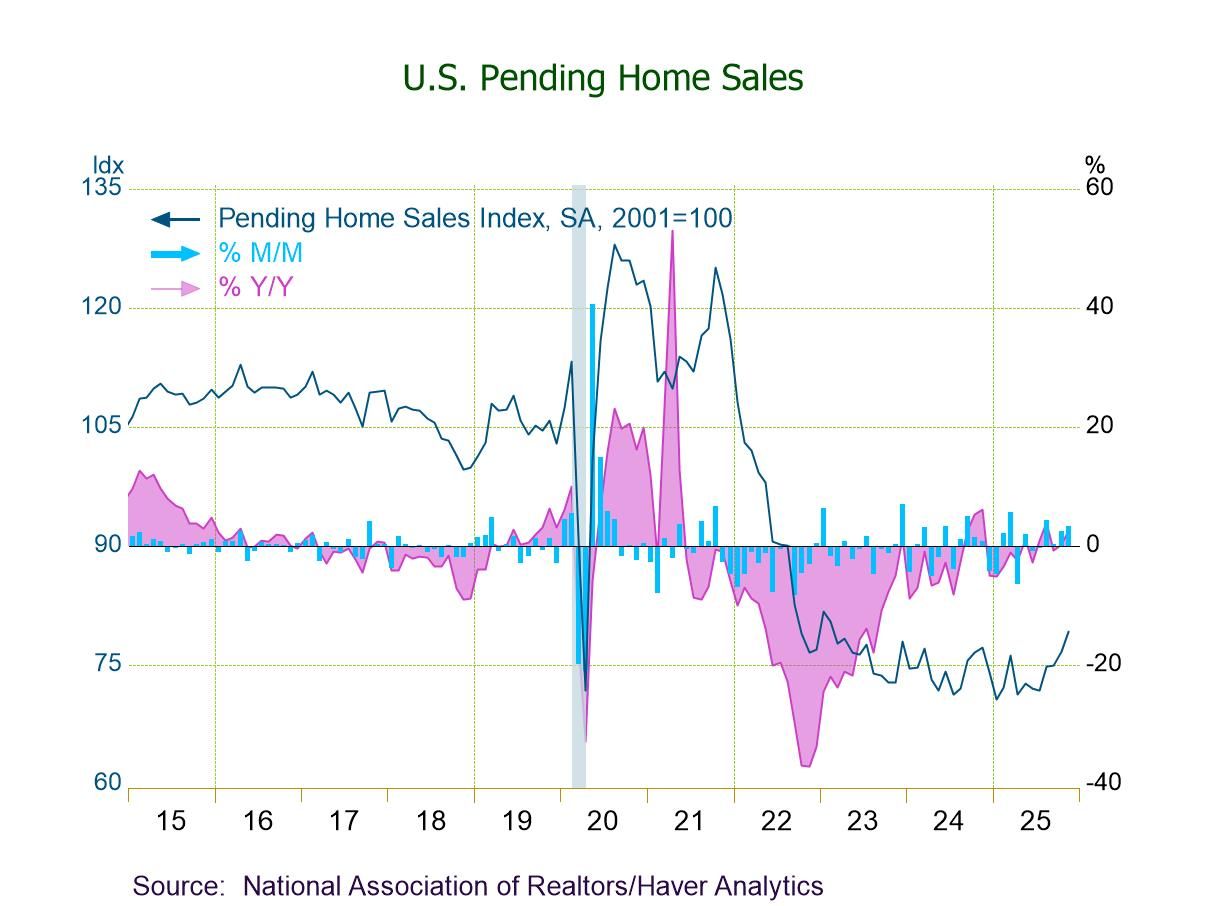 Asia| Aug 19 2024
Asia| Aug 19 2024Economic Letter From Asia: Taking Stock
In this week's edition, we assess the recent economic developments across the Asian region. We find that there has been a noticeable shift in both investor and economist sentiment: optimism is rising about the economic outlook for economies such as India, but toward others, such as Japan, the market has become more cautious. We also explore the growth drivers of various Asian economies, highlighting potential vulnerabilities. Economies heavily reliant on export-driven growth face different risks compared to those with comparatively diversified growth drivers, including from private consumption. This discussion leads to the topic of twin deficits—current account and fiscal—that certain economies continue to grapple with. Although such deficits are not always an immediate concern, they can often become focal points for investors. On the fiscal front, many Asian economies are expected to run deficits this year. However, recent news of significant government spending plans in Indonesia and Thailand, alongside Malaysia’s efforts to cut subsidies, will likely influence the fiscal outlook for these nations. Lastly, we flag recent trends in investor flows, and the revival of foreign investment in India and outflows from China.
These movements underscore the dynamic nature of the region, with India remaining a favourite among economists and investors, while concerns persist about prospects in China and Japan. Taiwan and South Korea are also experiencing a revaluation of their investment potential, particularly regarding the technology sector. Overall, the landscape in Asia remains fluid, with ongoing shifts in economic sentiment and investor behaviour, especially regarding government spending in Southeast Asia.
Growth Growth expectations for Asia have shifted significantly from earlier in the year, as illustrated by the changes GDP forecasts shown in Chart 1. For example, perceptions about India’s economic prospects have improved markedly, especially after its elections concluded smoothly and reform optimism increased. As a result, India is now projected to be the world’s fastest-growing major economy for the year, according to our latest Blue Chip Economic Indicators (BCEI) survey and IMF forecasts. In the meantime, advanced Asian economies such as South Korea and Taiwan have seen significant upgrades to their growth outlooks due to the technology upcycle and strong demand for AI-related semiconductor chips, key exports for these countries. However, Japan’s economic growth expectations have deteriorated, with the latest BCEI survey suggesting no growth for the year. Nevertheless, investor perceptions might shift more positively in light of Japan’s unexpectedly strong Q2 GDP report released last week.
Chart 1: 2024 real GDP growth forecasts for Asia Pacific economies

When evaluating the composition of real GDP growth across Asian economies, Chart 2 reveals substantial variation in growth drivers. On the left side of the chart are economies that are significantly benefiting from their net exports. While robust global demand for these economies' key export goods or services has contributed to their growth, this reliance on net exports also introduces potential vulnerabilities. This is especially true for economies like South Korea and Japan, where recent economic growth has been largely driven by net exports, although Japan’s Q2 data offers exceptions. Moreover, economies with diverse growth drivers beyond net exports, such as Taiwan, benefit from additional sources of economic stability. On the right side of the chart, we see economies experiencing negative impacts from net exports. However, these economies have managed to more than offset such drags with strong private consumption and other domestic growth drivers.
Chart 2: Average contributions to real GDP growth in Asia

Inflation Turning to inflation, Chart 3 illustrates a brief build-up of price pressures at the beginning of the year, following a prolonged period of disinflation. Fortunately, this minor uptick appears to now be easing, which should be welcome news for central banks in the region preparing to start their easing cycles. However, a closer look reveals significant variations in the disinflationary trends across Asian economies. For instance, Vietnam, the Philippines, and India continue to face relatively high inflation rates, although India’s latest headline CPI inflation has reached a five-year low. Conversely, price pressures in China and Thailand remain relatively subdued but are on an upward trajectory. In Thailand, additional inflationary pressures could emerge if the recently-ousted Prime Minister’s plans for substantial government spending, including via digital money handouts, are implemented.
Chart 3: Average inflation in the Asia Pacific

Current account and fiscal balances Next, we turn our attention to the current account and fiscal balances of Asian economies. Chart 4 reveals that while many Asian economies continue to maintain current account surpluses, the contributing factors vary significantly. Taiwan is an example, with a substantial current account surplus of nearly 15% over the past four quarters. This surplus has been largely driven by its robust goods trade balance, a point we discussed earlier. In contrast, Japan's current account surplus has been primarily supported by its primary income, particularly from investment income derived from its large holdings of international assets. On the other hand, economies such as India and the Philippines have been running current account deficits. These deficits stem from their historical role as goods importers, with services exports and secondary income, such as remittances, providing only partial offsets. In theory, and quite simplistically, economies with current account deficits must finance these deficits through their financial accounts. While deficits are not inherently problematic, prolonged shortfalls can attract scrutiny from investors, as they indicate an accumulation of liabilities to the rest of the world. This concern is heightened if the borrowed funds are not effectively utilized for productive purposes.
Chart 4: Current account balances in Asia

Turning our attention to the fiscal balances of these economies, Chart 5 shows that Asian economies are expected to run general government fiscal deficits this year, according to IMF forecasts released in April. This expectation also potentially raises investor concerns about the fiscal health of these economies. However, given the significant developments that have occurred since the initial forecast, the fiscal outlook may shift when new forecasts are issued in October. For instance, Malaysia, which was projected to have the largest fiscal deficit as a percentage of GDP among economies shown in the chart, has begun rationalizing subsidies, with a recent focus on diesel. In Indonesia, uncertainty surrounds the massive spending plans of incoming President Prabowo, who reportedly intends to allow Indonesia's debt-to-GDP ratio to reach to 50%. However, any impact of these plans on Indonesia’s fiscal numbers for 2024 may be limited, as President Prabowo will only take office in October. Additionally, there is ongoing uncertainty regarding Thailand's fiscal prospects. This is partly due to the recent removal of Prime Minister (PM) Srettha and the selection of former PM Thaksin’s daughter, Paetongtarn, as the replacement. Particularly noteworthy is the fate of Srettha’s extensive digital cash handout scheme, among other spending plans.
Chart 5: IMF-forecasted general government balance as % of GDP

Investor flows Lastly, we examine trends in portfolio flows into the Asian region. As depicted in Chart 6, China saw significant portfolio inflows early in the year, though some of these gains were partially reversed starting in Q2. This reduction was partly due to a withdrawal of funds from Chinese equities, with additional outflows resulting from foreign investors selling of Chinese bonds in July. In contrast, India experienced a rebound in foreign inflows around its general elections mid-year, boosted in part by investor enthusiasm for India's inclusion in JP Morgan's emerging market bond index. Meanwhile, in Taiwan, foreign investor outflows in July were likely influenced by geopolitical concerns.
Chart 6: Portfolio flows into Asia

Tian Yong Woon
AuthorMore in Author Profile »Tian Yong joined Haver Analytics as an Economist in 2023. Previously, Tian Yong worked as an Economist with Deutsche Bank, covering Emerging Asian economies while also writing on thematic issues within the broader Asia region. Prior to his work with Deutsche Bank, he worked as an Economic Analyst with the International Monetary Fund, where he contributed to Article IV consultations with Singapore and Malaysia, and to the regular surveillance of financial stability issues in the Asia Pacific region.
Tian Yong holds a Master of Science in Quantitative Finance from the Singapore Management University, and a Bachelor of Science in Banking and Finance from the University of London.






